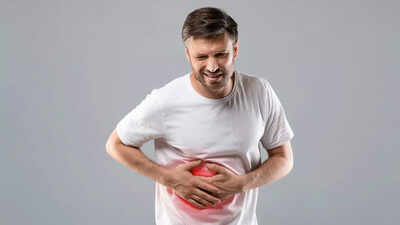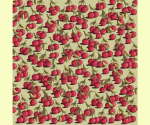It’s not just alcohol! 6 common habits are damaging your liver too |

When it comes to liver injury, alcohol is normally the first perpetrator to spring to mind. Health professionals, however, indicate that various routine tendencies—silently neglected—are in a position to softly damage this vital body organ. The liver is an integral part of assimilating nutrients, detoxifying toxins, and balancing metabolism. But other behaviours such as consuming excessive sugar, use of typical painkillers, and spending too much time sitting can all harm the liver. And often, the damage creeps up gradually, symptom-free, until it’s too late. These are the things you should know.
6 liver-damaging habits that have nothing to do with alcohol
1. Too much sugar can cause fatty liverConsuming high amounts of added sugar—particularly from processed foods and sweetened beverages—can overwhelm the liver. Perhaps the greatest threat is fructose, a form of sugar that the liver converts to fat. If this accumulation goes on over time, it can result in non-alcoholic fatty liver disease (NAFLD), leading to inflammation and scarring. Blood sugar spikes also cause insulin resistance, which causes the liver to work more than it must.2. Abusing painkillers overstrains liver functionOveruse of over-the-counter pain medications such as acetaminophen or paracetamol is a widespread but underappreciated risk. The liver metabolises these drugs, which creates toxic waste products as a byproduct. When the liver is unable to eliminate these rapidly enough, they start to destroy liver cells and disrupt function. This is particularly hazardous in combination with other stressors such as alcohol or long-term disease.3. Sitting too much increases liver fatLack of physical activity may not seem like a direct cause of liver damage, but it plays a major role. A sedentary lifestyle leads to weight gain, insulin resistance, and fat accumulation—all of which are key drivers of fatty liver disease. Regular movement helps burn excess fat and supports liver function. Even light daily activity can make a difference.4. Unregulated supplements carry hidden dangersNatural is not always safe. Most herbal or Ayurvedic supplements are not regulated and can contain toxic substances or contaminants such as heavy metals or steroids. Some of these chemicals are poisons to liver cells, particularly when they are taken regularly or without medical supervision. In some instances, supplements have led to inflammation of the liver or even liver failure.5. Crash dieting can backfireSevere dieting or fasting can upset the balance of the liver. When the body is abruptly cut off from calories, the liver can dump fat stored there into the bloodstream. This raises fat accumulation in cells of the liver and strains the organ. Crash diets also disrupt the production of bile and lower the detoxifying capacity of the liver for the body.6. Smoking puts additional toxinsCigarette smoke brings in toxins that raise oxidative stress and lower blood flow to the liver. Such alteration can harm liver tissue and enhance the likelihood of fibrosis over time. Additionally, the liver has to function harder to metabolise the chemicals from the smoke, placing further burden on the organ.
How to stop liver damage before it starts
One of the most insidious things about liver damage is the way it happens quietly. Symptoms may not show up until the liver is severely compromised. That’s why being proactive is so important. Being mindful of these daily habits—and making small, sustainable changes—can keep liver health intact in the long term.Here’s what you can do:
- Restrict added sugar, particularly from beverages and packaged foods.
- Take painkillers only when necessary, and always adhere to guidelines for dosage.
- Include daily movement, even brief walking.
- Be wary of supplements, and consult with a medical provider before taking them.
- Avoid drastic diets, and try for balanced, regular meals.
- If you are a smoker, quit—it helps your entire body, including your liver.
- Regular checkups to track liver function and identify early warning signs.
















